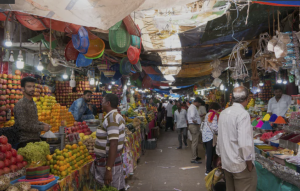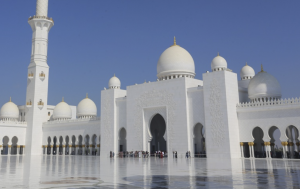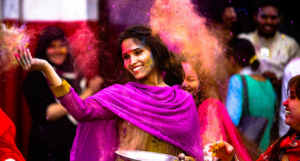On the occasion of the Holi festival, Indians throw pigments at each other to represent the freedom and regardless of the class that exists in society.
The Holi Festival, also known as the “Color Festival” held on the full moon day of the month of Phalgun, is one of the major and important festivals of the Indian people. If you have a chance to travel in India, it is a good idea to choose the time that this unique festival takes place.
Held on the full moon day of the Phalgun month according to the Hindu calendar, Holi also known as the “Festival of Colors” is one of the most important festivals of India, as well as many countries with communities. Hindus live.
The Holi Festival marks the end of winter and the beginning of spring in the hope of a bumper crop. This festival also celebrates the victory of good over evil. The Holi Festival marks the beginning of spring and celebrates the triumph of good over evil.
Rituals and traditions in the Holi festival
Prepare Holika pyre
In the days leading up to the festival, people began collecting wood and flammable materials for campfires at parks, community centers, areas near temples and other open spaces. On the crematorium was a dummy symbolizing Holika, who tricked Prahalad into the fire.

In the home, the women prepare to cook typical holiday dishes like gujiya, mathri, malpuas as well as many other delicious dishes for the festival.
Holika Dahan
On the eve of the festival, usually just in time or after sunset, everyone gathered and lit the pyre. This ritual is called Holika Dahan. Rituals symbolize the victory of good over evil. Everyone sang and danced happily around the fire.
On the occasion of the Holi festival, people throw colored powder at each other, making everyone like a colorful picture.


